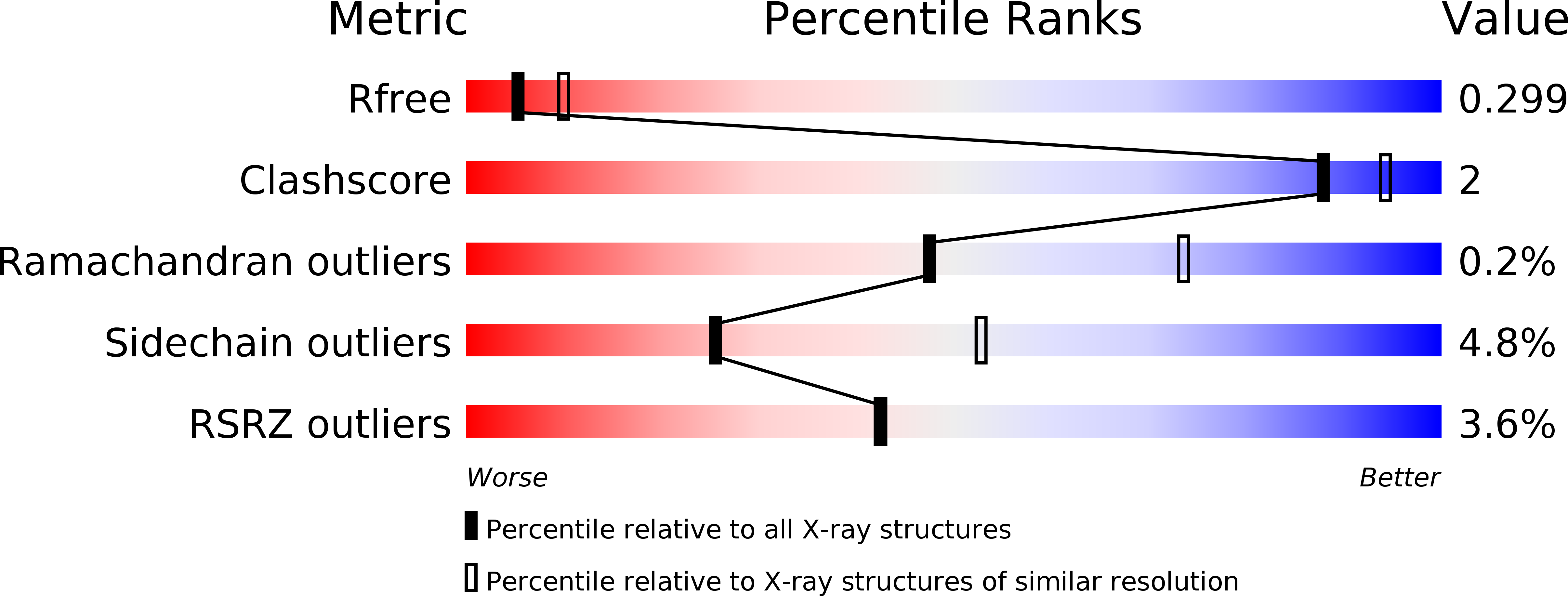
Deposition Date
2005-11-17
Release Date
2005-12-02
Last Version Date
2024-11-20
Entry Detail
PDB ID:
2C74
Keywords:
Title:
14-3-3 Protein Eta (Human) Complexed to Peptide
Biological Source:
Source Organism:
HOMO SAPIENS (Taxon ID: 9606)
synthetic construct (Taxon ID: 32630)
synthetic construct (Taxon ID: 32630)
Host Organism:
Method Details:
Experimental Method:
Resolution:
2.70 Å
R-Value Free:
0.29
R-Value Work:
0.22
R-Value Observed:
0.22
Space Group:
P 21 21 21


